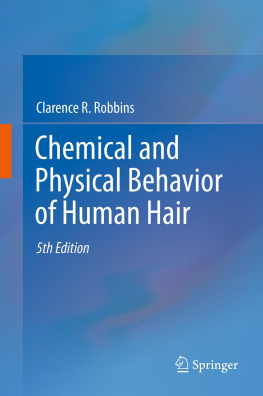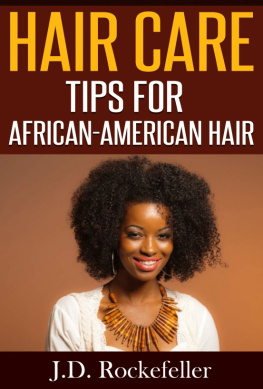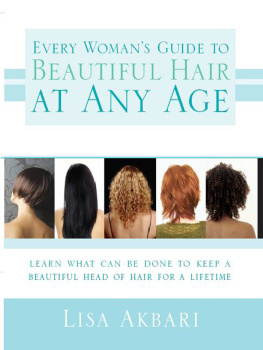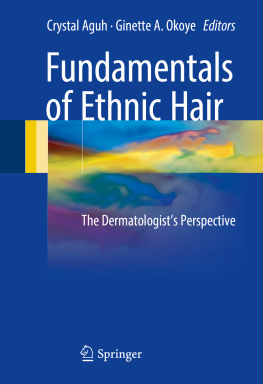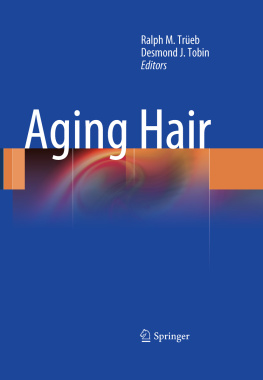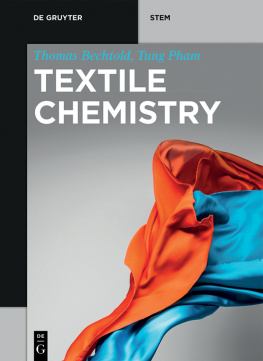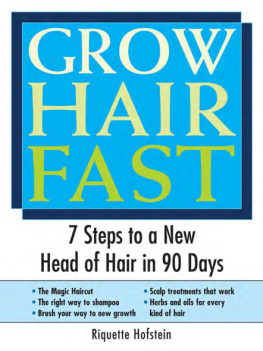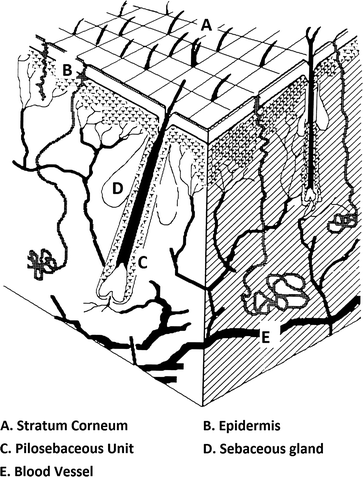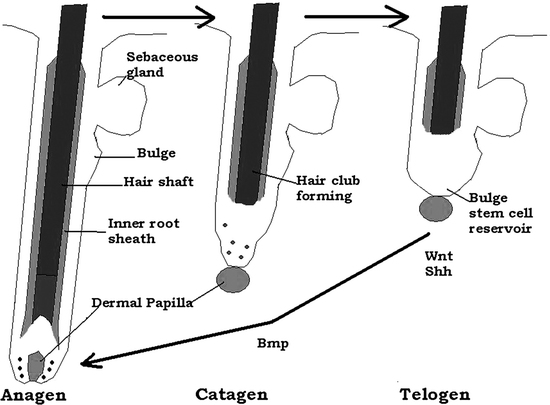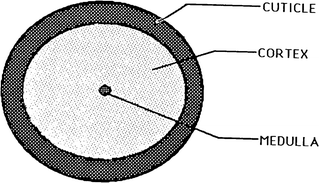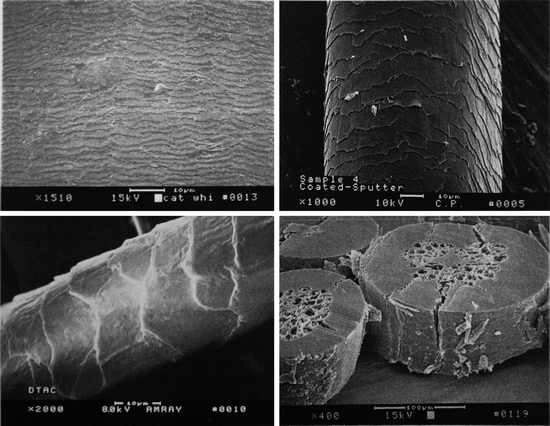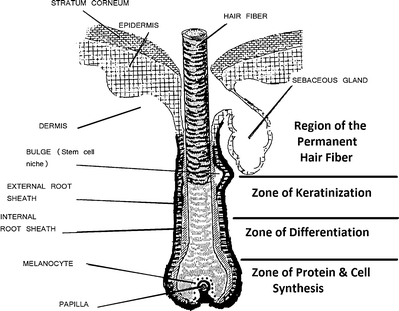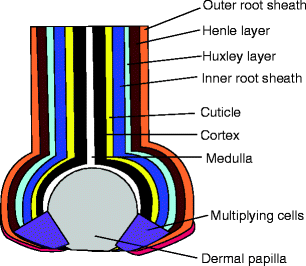Clarence R. Robbins - Chemical and Physical Behavior of Human Hair
Here you can read online Clarence R. Robbins - Chemical and Physical Behavior of Human Hair full text of the book (entire story) in english for free. Download pdf and epub, get meaning, cover and reviews about this ebook. year: 2012, publisher: Springer Nature, genre: Home and family. Description of the work, (preface) as well as reviews are available. Best literature library LitArk.com created for fans of good reading and offers a wide selection of genres:
Romance novel
Science fiction
Adventure
Detective
Science
History
Home and family
Prose
Art
Politics
Computer
Non-fiction
Religion
Business
Children
Humor
Choose a favorite category and find really read worthwhile books. Enjoy immersion in the world of imagination, feel the emotions of the characters or learn something new for yourself, make an fascinating discovery.
- Book:Chemical and Physical Behavior of Human Hair
- Author:
- Publisher:Springer Nature
- Genre:
- Year:2012
- Rating:3 / 5
- Favourites:Add to favourites
- Your mark:
Chemical and Physical Behavior of Human Hair: summary, description and annotation
We offer to read an annotation, description, summary or preface (depends on what the author of the book "Chemical and Physical Behavior of Human Hair" wrote himself). If you haven't found the necessary information about the book — write in the comments, we will try to find it.
Human hair is the subject of a remarkably wide range of scientific investigations. Its chemical and physical properties are of importance to the cosmetics industry, forensic scientists and to biomedical researchers. The fifth edition of this book confirms its position as the definitive monograph on the subject. Previous editions were recognized as concise and thorough (Journal of the American Chemical Society), an invaluable resource (Canadian Forensic Science Society Journal), and highly recommended (Textile Research Journal). Chemical and Physical Behavior of Human Hair is a teaching guide and reference volume for cosmetic chemists and other scientists in the hair products industry, academic researchers studying hair and hair growth, textile scientists and forensic specialists.
Features of the Fifth Edition:
Recent advances in the classification and characterization of the different proteins and genes in IF and keratin associated proteins in human hair are described.
The mechanism and incidence of hair growth and loss and hair density vs. age of males & females are described for Asians, Caucasians and Africans in different scalp regions.
Details of hair surface lipids and cuticle membranes provide a better understanding of the surface and organization of the CMC and its involvement in stress strain is presented.
Recent evidence demonstrates a more bilateral structure in curly hair and a more concentric arrangement of different cortical proteins in straighter hair.
SNPs involved in hair form (curl and coarseness) and pigmentation and genes in alopecia and hair abnormalities are described.
The latest biosynthetic scheme for hair pigments and structures for these and the different response of red versus brown-black pigments to photodegradation is described.
A new method for curvature on 2,400 persons from different countries and groups is used to assign curvature throughout this book.
Additional data for age and effects on diameter, ellipticity, elastic modulus, break stress and other parameters are presented with much larger data sets featuring statistical analyses.
Hair conditioning, strength, breakage, split ends, flyaway, shine, combing ease, body, style retention, manageability and feel parameters are defined and described.
A new section of different life stages by age groups considering collective and individual changes in hair fiber properties with age and how these affect assembly properties.
Clarence R. Robbins: author's other books
Who wrote Chemical and Physical Behavior of Human Hair? Find out the surname, the name of the author of the book and a list of all author's works by series.

